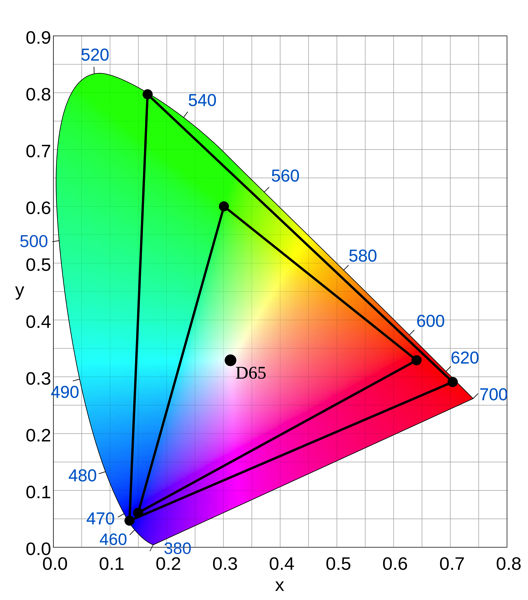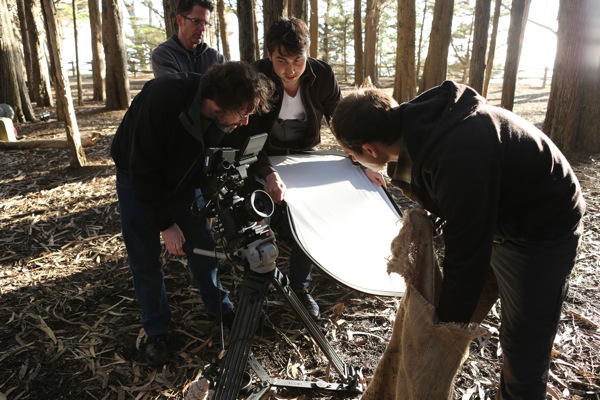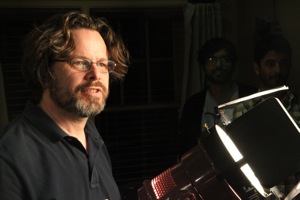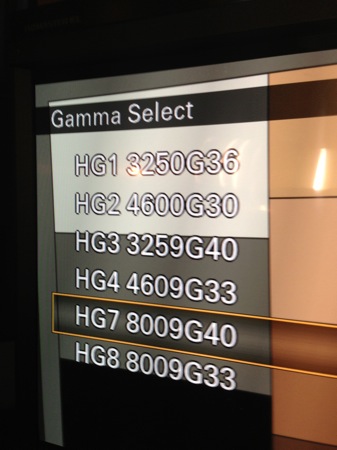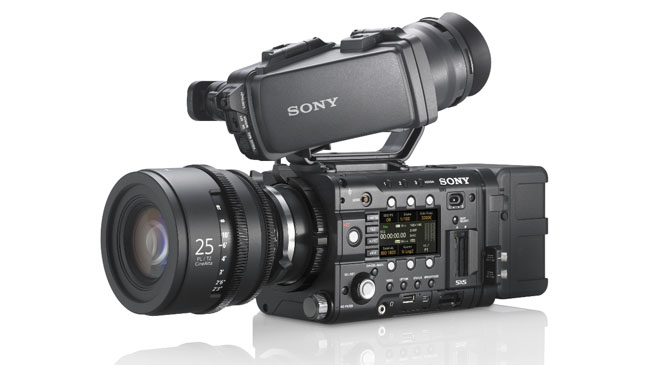
Diffusion doesn’t just soften light; it relays light. Here’s how I used a large piece of dense diffusion to light the inside of a car and hide the little known fact that the sun moves.
This spot was the first in a series of six that I shot two years ago for OnLive, a company that specializes in streaming gameplay over the Internet. They went through some rough times but now they’re back and they’ve decided to release these spots as part of a new ad campaign.
My lighting budget had to cover the needs of all six spots over five days, so I had to build an equipment package that worked for everything. This car was the only location that would normally have required some big lights to balance a dark car interior with a day-lit exterior and keep the quality and direction of light consistent over time, but we didn’t have the money for a generator and a couple of large HMIs. Fortunately I had two tricks up my sleeve: an Arri Alexa and a 12’x12′ frame of full grid cloth.

